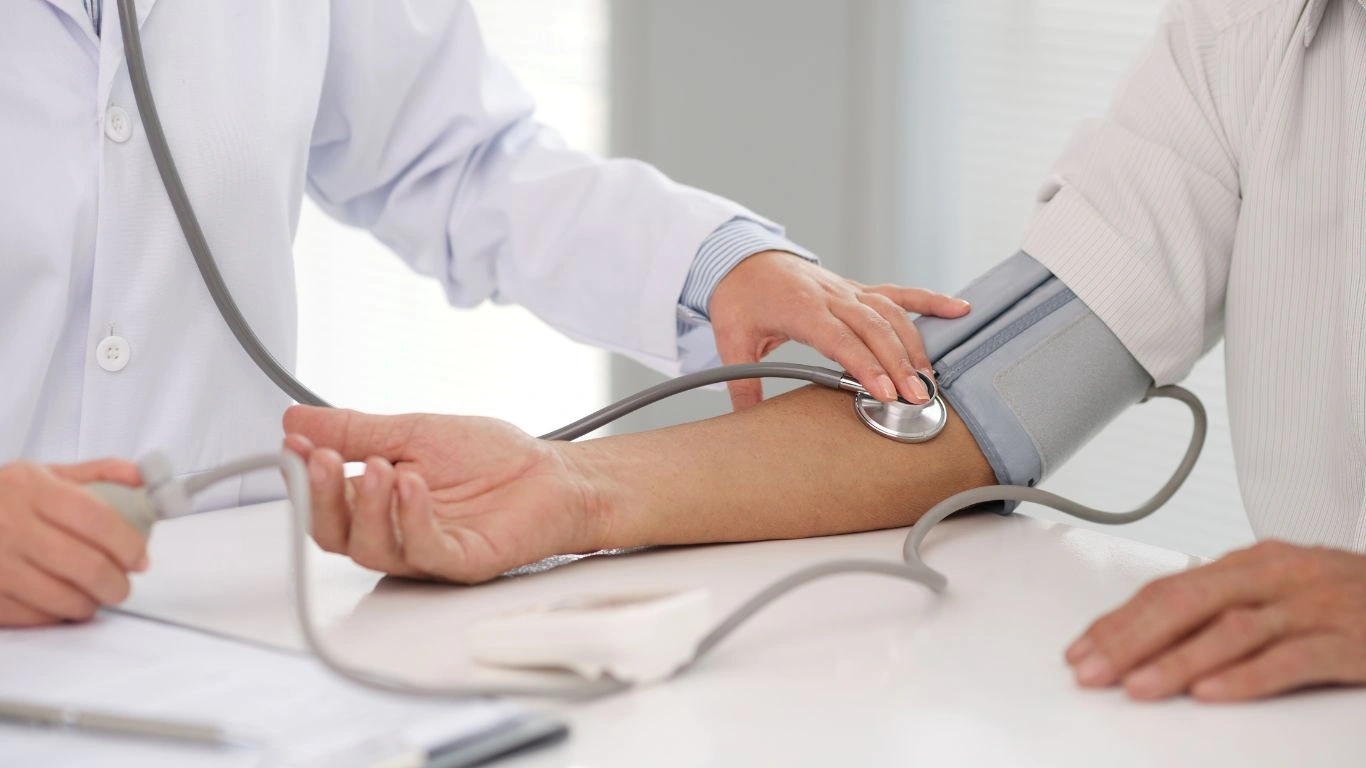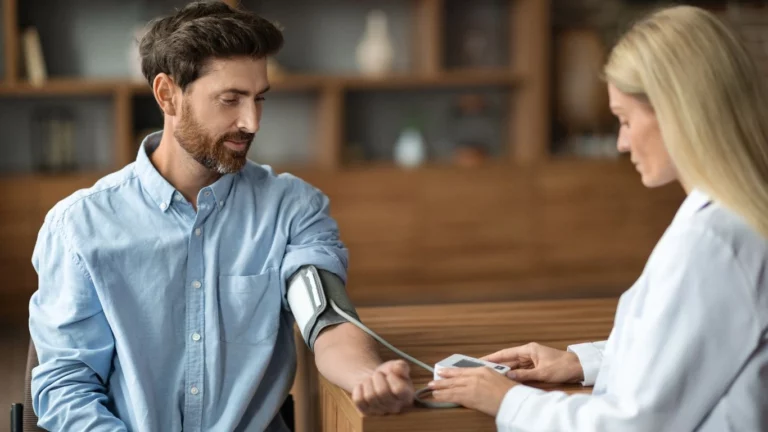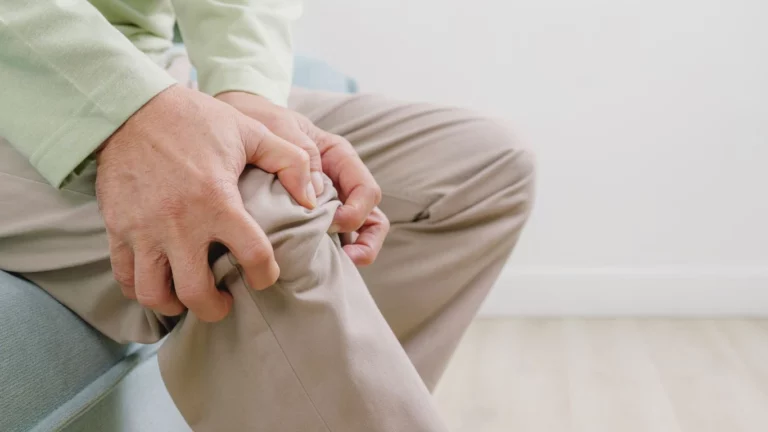Foods High in Potassium but Low in Sodium: Your Ultimate Guide
Looking for ways to boost your potassium while keeping sodium in check? This article is your ultimate guide to foods that are rich in potassium and low in sodium!
You’ve probably heard about the importance of potassium and sodium in your diet. Potassium is key for heart health, muscle function, and even balancing fluid levels in your body. On the flip side, most of us tend to consume way too much sodium, which can lead to high blood pressure and other health issues. So, how do you keep your potassium high and sodium low? Let’s dive in!
Why Potassium and Sodium Matter
We’ve all been told about how salt (sodium) is bad for us, but the reality is, our bodies actually need a certain amount of sodium. The problem is most of us get way too much through processed foods. On the other hand, potassium helps balance out sodium, keeping your blood pressure in check and supporting other important functions like muscle contractions and nerve signaling. So, it’s all about finding that sweet spot with your potassium intake while cutting back on sodium.
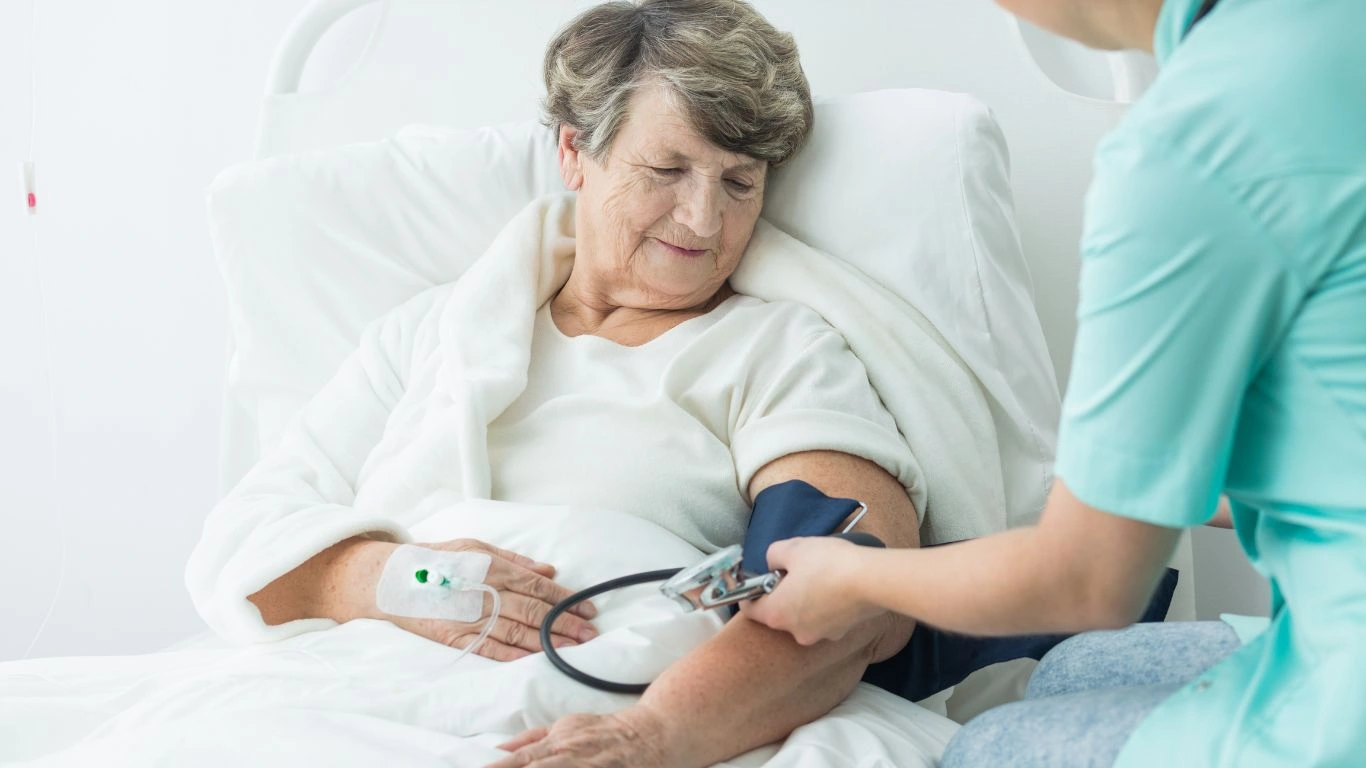
Foods High in Potassium and Low in Sodium
Now, let’s talk about some awesome foods that are packed with potassium but won’t spike your sodium intake. These are the foods that will help keep your heart happy and your body in balance!
1. Sweet Potatoes
Sweet potatoes are not only delicious but also an excellent source of potassium. A medium-sized sweet potato has over 400 mg of potassium and very little sodium. You can bake, mash, or roast them as a side dish for pretty much any meal.
2. Bananas
Bananas are one of the most well-known potassium-packed foods. A medium-sized banana can provide you with about 400-450 mg of potassium and has just a tiny amount of sodium. Grab one as a quick snack or add it to smoothies or cereal.

3. Spinach
Leafy greens like spinach are nutrient-dense and super low in sodium, making them a great addition to your meals. You can cook it up or eat it raw in salads. A cup of cooked spinach has over 800 mg of potassium and minimal sodium, so it’s a powerhouse for your diet!
4. Avocados
Who doesn’t love a good avocado? Not only are they full of healthy fats, but they’re also high in potassium. Half an avocado contains around 500 mg of potassium and almost no sodium. Throw some on toast, mix into a salad, or just eat it with a spoon (guilty!).
5. White Beans
Beans are an amazing source of potassium, and white beans (like navy or cannellini) are some of the best. A cup of cooked white beans has a whopping 1,000 mg of potassium with only a small amount of sodium. You can add them to soups, stews, or salads for an easy nutrient boost.
How Potassium Helps Your Body
Potassium isn’t just for helping balance sodium. It does a lot of important work in your body, including:
- Supporting Heart Health: Potassium helps regulate your heartbeat, making it essential for overall cardiovascular function.
- Promoting Muscle Function: Potassium plays a key role in muscle contractions, preventing cramps and improving muscle performance.
- Balancing Fluids: It helps your body maintain the right amount of fluid balance, ensuring your cells, tissues, and organs function properly.
- Maintaining Nerve Function: Potassium helps your nerves communicate effectively, which is important for everything from movement to your ability to think clearly.
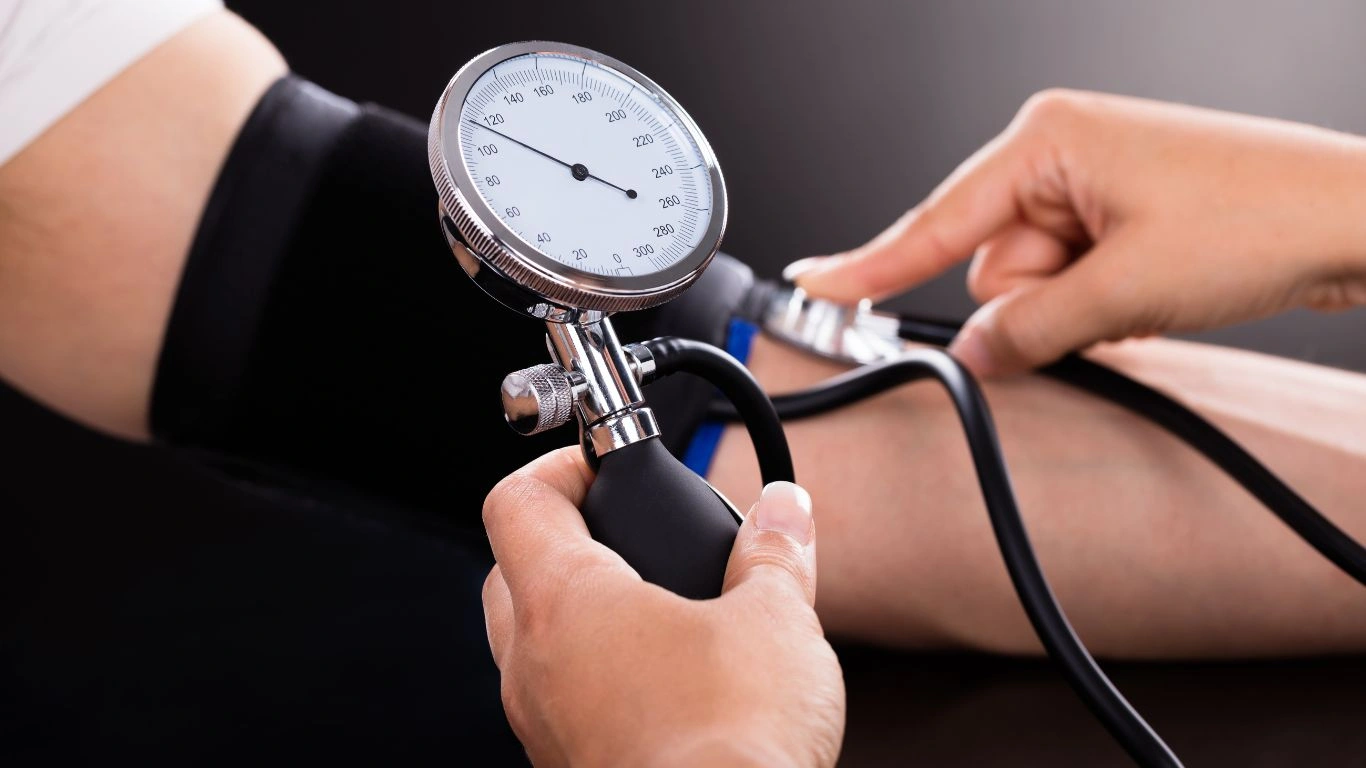
The Bottom Line
Balancing your potassium and sodium intake can seriously improve your health. By focusing on potassium-rich foods like bananas, sweet potatoes, and spinach, while avoiding high-sodium processed foods, you can support your heart, muscles, and overall wellness. Plus, reducing sodium will help you feel better in the long run.
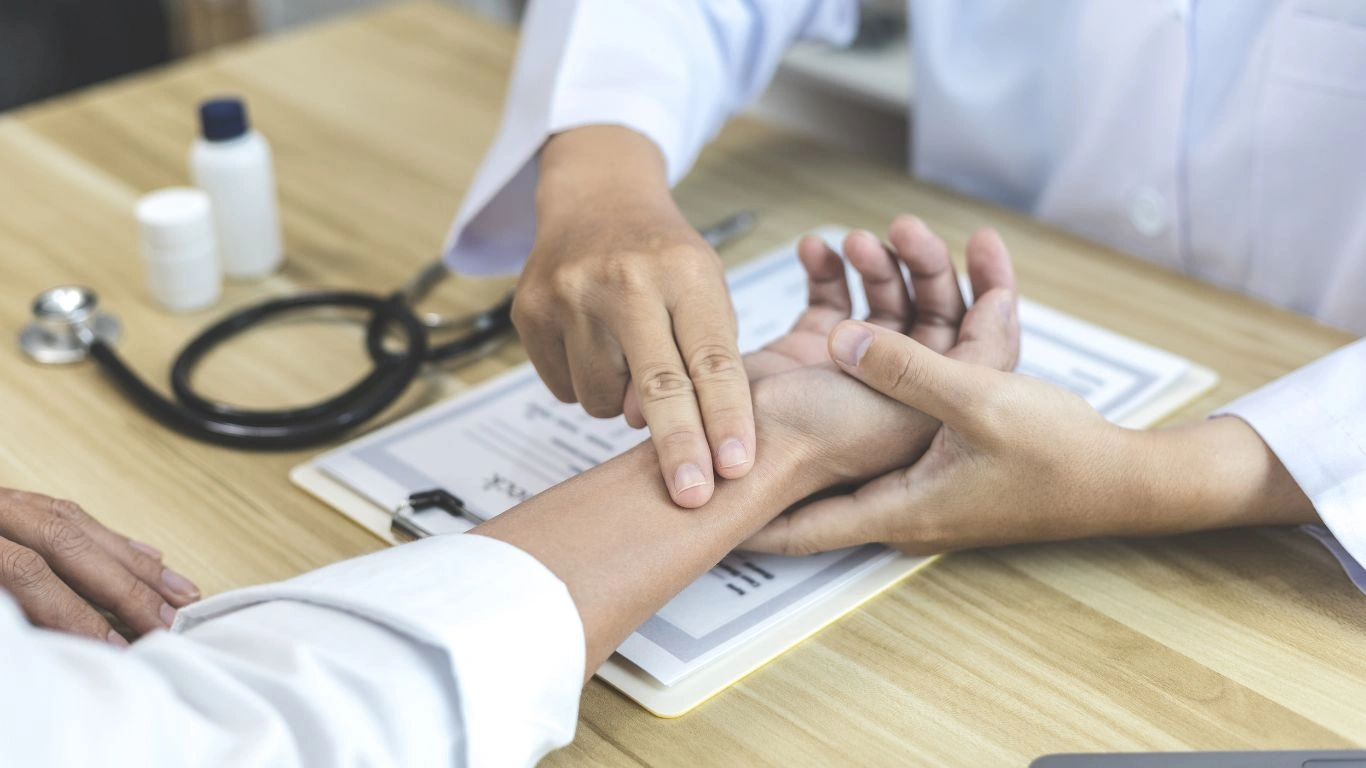
Appendices
FAQs
- How much potassium should I consume each day? The recommended daily intake of potassium is about 2,500-3,000 mg for adults, though individual needs may vary depending on age, gender, and health status.
- Can I get enough potassium from food alone? Yes, most people can get the potassium they need through a balanced diet with potassium-rich foods like fruits, veggies, and beans.
- What happens if I don’t get enough potassium? Not getting enough potassium can lead to muscle weakness, cramps, fatigue, and irregular heart rhythms. It’s important to keep those levels up!
- What are the best low-sodium foods for high blood pressure? Focusing on potassium-rich foods like leafy greens, bananas, and beans is a great way to help lower sodium levels and support heart health.
- Is potassium supplementation necessary for everyone? Not necessarily. Most people can meet their potassium needs through food. However, if you’re concerned about your potassium levels, it’s best to check with your healthcare provider before taking supplements.
References
- American Heart Association. (2023). The Importance of Potassium for Heart Health. Read Article
- National Institutes of Health (NIH). (2024). Dietary Potassium: How Much Do You Need? Read Article
- U.S. Department of Agriculture (USDA). (2024). Potassium and Sodium: A Healthy Balance. Read Article
Disclaimer
Disclaimer: The information provided in this article is for educational purposes only and does not substitute for medical advice. Always consult a healthcare provider or dietitian regarding dietary concerns and specific nutrient needs. Individual health conditions may require personalized recommendations.

Dr. Gwenna Aazee is a board-certified Internal Medicine Physician with a special focus on hypertension management, chronic disease prevention, and patient education. With years of experience in both clinical practice and medical writing, she’s passionate about turning evidence-based medicine into accessible, actionable advice. Through her work at Healthusias.com, Dr. Aazee empowers readers to take charge of their health with confidence and clarity. Off the clock, she enjoys deep dives into nutrition research, long walks with her rescue pup, and simplifying medical jargon one article at a time.
